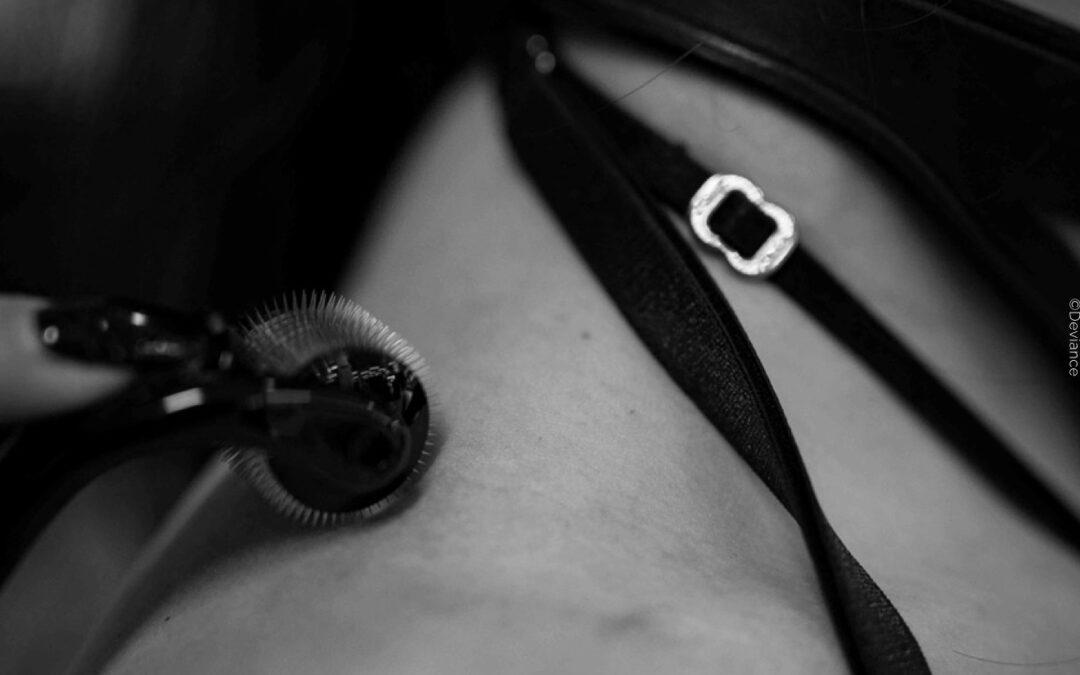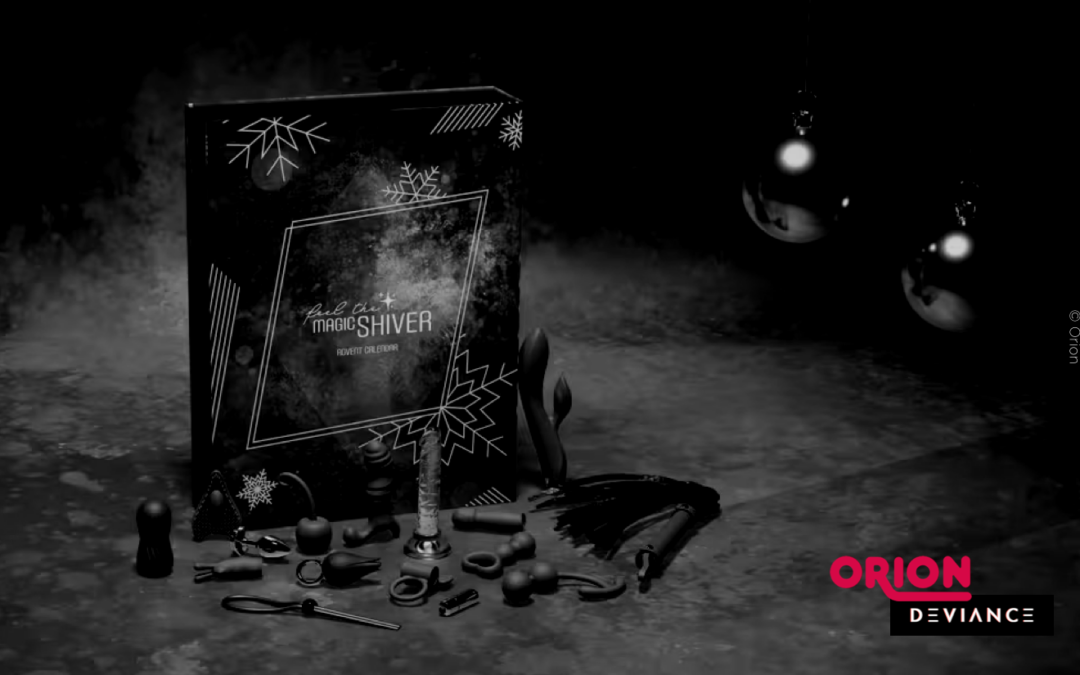What exactly is latex?
Anyone who deals with BDSM and fetish areas cannot avoid the topic of latex. This is an elastic and stretchy material that, depending on how it is processed, has a more or less smooth surface and is slightly sticky if left untreated.
The base material is obtained from the coagulated milky sap of tropical plants, which contains rubber resins and a water-soluble component and hardens when it dries. This plant-based rubber is also known as natural rubber or natural latex.
When it comes to clothing, it would be correct to speak of rubber clothing, because latex refers to various substances. The same term is also used for synthetic production from petroleum since the end product is chemically identical. However, people still commonly refer to latex to distinguish it from car tires and other rubber products.
What is latex used for?
Latex is not only used for fetish clothing, but also in medicine and technology, for example, to produce protective clothing such as gloves to protect against toxic or corrosive substances and infections. Other uses include the production of dyes and building materials.
We also come across the material again and again in the area of contraceptives in the form of condoms or femidoms to protect against illness or pregnancy. But latex is also used in the fun part of eroticism: for example in the form of toys, special sheets or provocative clothing. No wonder that latex is often seen in fashion as a flattering but also wicked element.
But latex is still best known because of the rubber fetishism that some people develop. This means that surrounding themselves with latex, putting it on, or otherwise coming into contact with the material excites or calms them. The effect that many people find uncomfortable, that latex sits close to the body, is very much appreciated by most wearers of latex clothing.
What do I have to pay attention to when using it?
Whether as clothing or toys: If the items are not disposable or disposable, such as condoms or gloves, latex must be cared for so that it does not become brittle or brittle. This includes washing it briefly with a little shampoo or a suitable cleaning product after wearing or using it, rinsing it and then hanging it up or laying it out to dry. Since latex is very susceptible to the adhesion of dust and small particles, the item or garment should then be powdered with talc or rubbed with silicone oil.
Since latex clothing is usually meant to fit very tightly and the material does not slide easily on the skin, it must also be treated with talcum powder or silicone oil before putting it on.
What do I need to consider when buying?
Latex clothing comes in a variety of thicknesses, ranging from 0.25 mm to heavy, thick-walled suits with a thickness of eight millimeters. The thinner the material, the more stretchy and vulnerable it is. The most commonly processed thicknesses are 0.25 to 0.8 mm. A distinction is made between dipped, glued and sewn goods. Some people are allergic to latex.
This particularly occurs in people who have intensive skin contact with latex items. The allergy manifests itself in the form of eczema, dermatitis or other forms of skin rash or even anaphylactic shock.
The reason for this is said to be natural proteins from the rubber. Therefore, in recent years, suppliers of latex condoms and higher quality condoms have switched to using a synthetic alternative that significantly reduces the allergy problem. When it comes to toys, silicone is an allergy-friendly alternative that offers almost the same feel.
Parts of this text were first published on Baumwollseil.de, one of Germany’s first online shops for kink, eroticism, and BDSM, and were kindly provided to Deviance.
You love latex? #ExpressYourKink with items from the Deviance Shop! You can do it subtly without dressing up in full gear. Here you’ll find a wide selection of everyday clothing, accessories, and decorative items with matching terms and designs.
Do you like what you see? You can find these and many more clearly ambiguous designs on a wide range of products from shirts and tops to sweaters and hoodies, as well as caps and home accessories in the Deviance Shop! #ExpressYourKink












